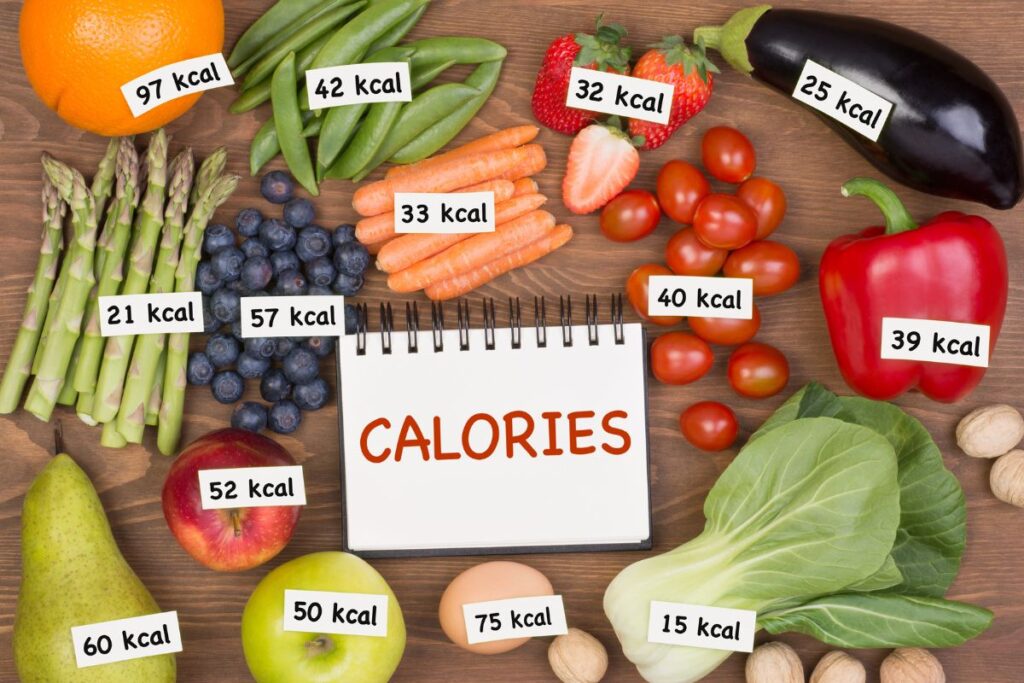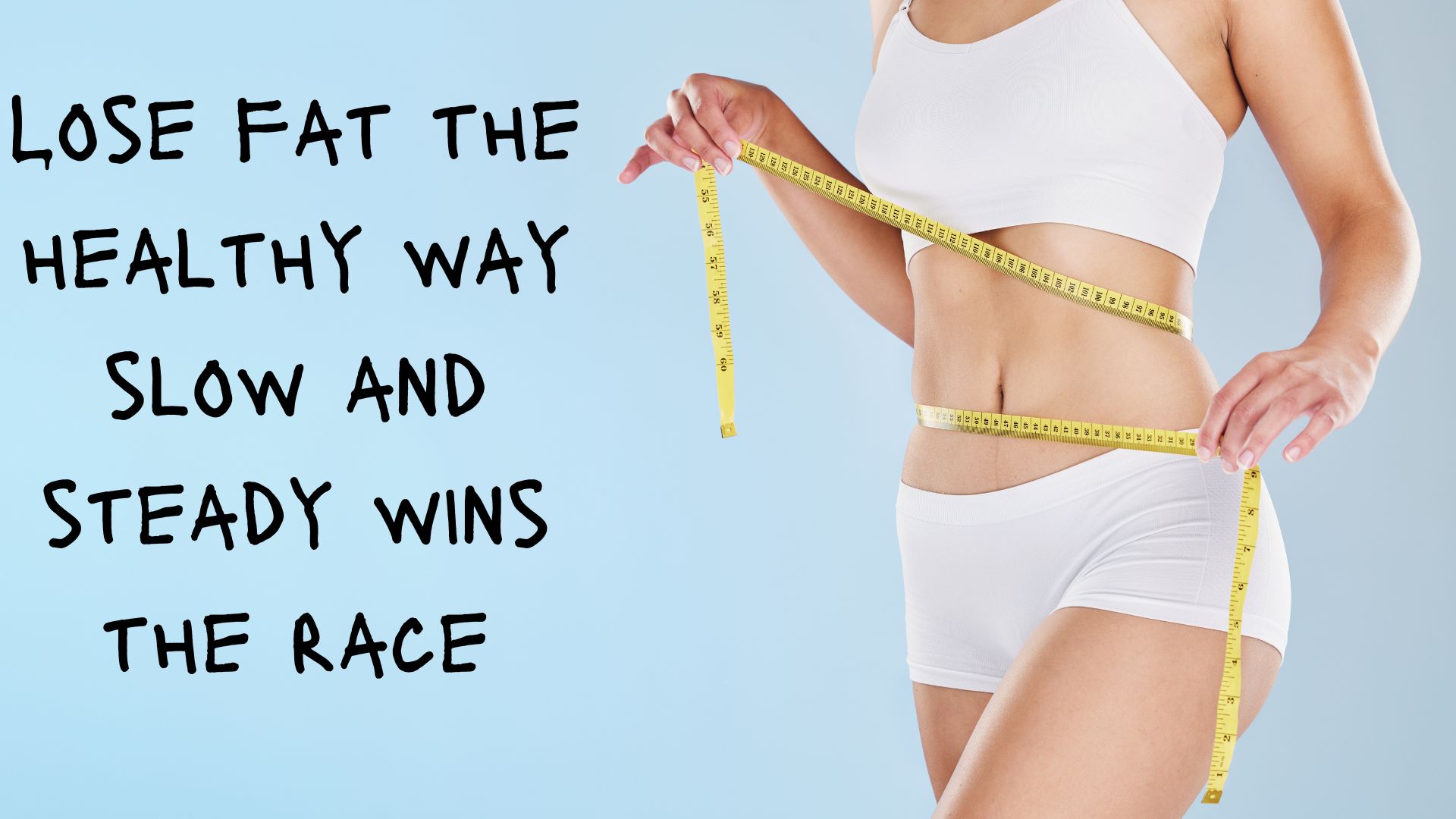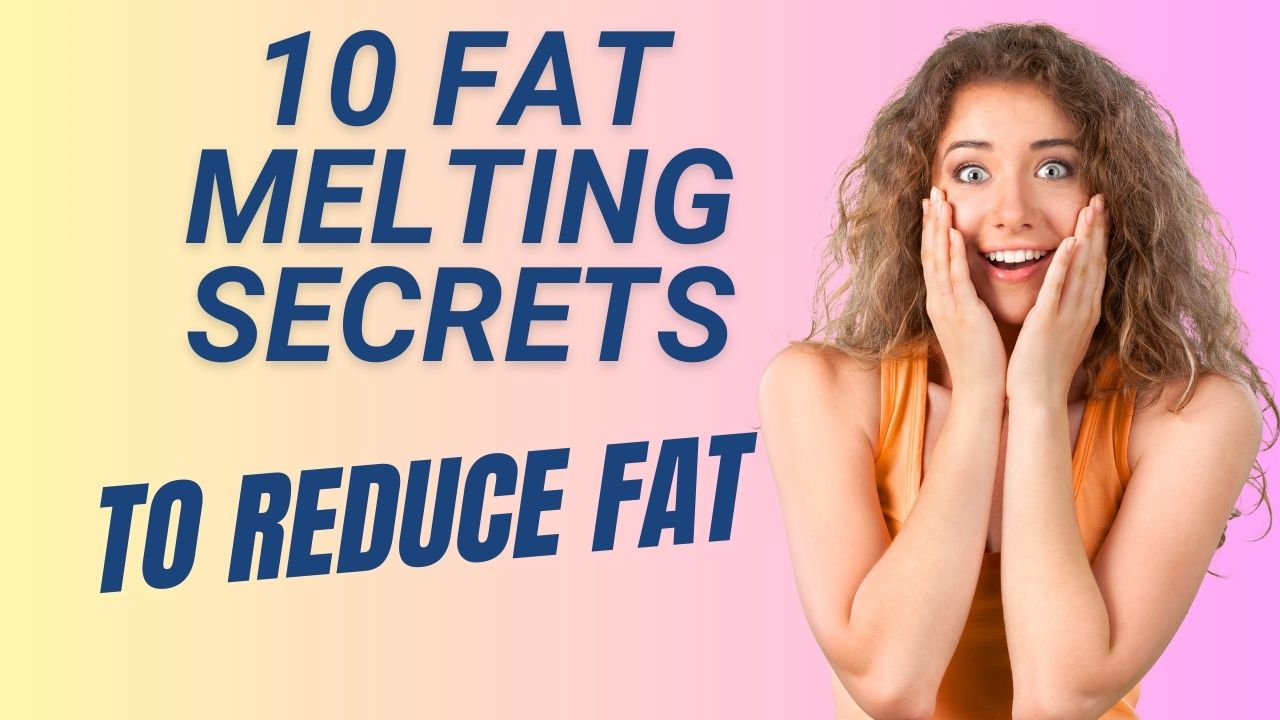
We’ll discuss calorie management for fat loss – how much to burn and consume. It’s important to remember that our goal is to lose fat, not just overall weight, as we’ve discussed earlier. Since the term ‘fat loss’ is less commonly used, we’ll start with ‘weight loss’ in the opening paragraph because most people associate ‘weight’ with both body weight and body fat. However, our primary purpose is to raise awareness about losing fat only, not just weight.
Today, we’re focusing on sustainable fat loss and mastering the art of balancing calories in and out. This is important because we all want to lose fat and boost our health in a safe and sustainable way.
Calories for weight loss – Calories are like units of energy that we get from the food we eat. Our body uses these calories to power its functions and activities. Here’s how you can burn calories using these two methods and can understand how much calories for weight loss
1) Calorie Deficit – The path to fat loss involves maintaining a calorie deficit, which means eating fewer calories than your body needs for its daily functions. Opt for moderate losses to play it safe. A moderate calorie deficit, typically 300 to 500 calories per day, supports gradual and sustainable fat loss. Avoid excessive deficits as they can harm your health. Consuming slightly fewer calories than it burns off consistently prompts your body to use stored fat for energy, which leads to fat loss over time.
For example, if your body needs about 2000 calories per day for health, aim to consume about 1500-1700 calories (by reducing intake to 300-500).

To lose fat, aim for a 300-500 calorie deficit, like this:
Your body needs energy – 2000 calories
Energy consumption – about 1700 calories
Deficit – 300 calories
But, remember, never eat too few calories. For example, if your body needs 2000 calories, don’t just eat 1000 and burn 2000. This unbalanced diet can cause health problems. In simple terms, when you use more energy (calories) than you eat, you burn fat. But don’t eat too little.
2) Increasing Caloric Expenditure – Another way to increase caloric expenditure is through exercise. Engage in activities that burn more calories than your body normally uses, such as cardiovascular workouts and strength training. By doing so, you increase your ability to burn fat. The goal is to burn more calories than your normal burn rate.
Let’s say your body needs around 2000 calories per day to stay healthy, and you don’t want to cut down on calorie intake. In that case, you can achieve fat loss by increasing caloric expenditure to about 2500 or more (burning an extra 500 or more calories).

For fat loss, aim to burn 500+ extra calories like this:
Your body needs energy – 2000 calories
Calorie Burn – 2500+ Calories
Extra Calories Burned – 500 + Calories Burned
In both cases, whether you eat slightly fewer calories (about 300) due to a calorie deficit or burn 500+ extra calories through exercise, you get the same result. An increase in calorie deficit or expenditure. Make this routine a habit to reach your fat loss goals while enjoying hearty meals.
Whether it’s a modest reduction in caloric intake of about 300 calories or an additional expenditure of more than 500 calories through exercise, both pathways lead to the same result: a calorie deficit or increased calorie burn. By incorporating these strategies into your daily routine, you can achieve fat loss while savoring a substantial amount of food.
Maintaining a healthy weight requires balancing calorie intake with your body’s needs and avoiding excessive calorie storage. However, remember that drastically cutting calories can leave you feeling weak. To stay energized and nourished, choose a whole diet with plenty of nutritious foods.

A safe pace of weight loss is about 1–2 pounds per week, which is achieved by burning about 500–1,000 more calories than you eat per day. For example, reducing daily food intake by 500 to 1,000 calories and incorporating daily exercise can lead to healthy weight loss. Be careful not to cut calories too drastically, as this can harm your health.
In addition to calorie-burning exercises, you can use NEAT (Non-Exercise Activity Thermogenesis) techniques to burn additional calories and achieve your fat loss goal. NEAT includes activities such as taking the stairs, stretching during TV breaks, or enjoying a short walk after a meal. There is no need for any special equipment or going to the gym to incorporate these practices into your daily routine. This way, you can increase calorie burn throughout the day in a more accessible and sustainable way.
Conclusion
Calories are energy obtained from food and drink. They fuel our movements, from running to breathing. Burning calories keeps our body active even when we are at rest. When we’re alive, our heart beats, lungs breathe and brain functions, all use calories.
Eating healthy and staying active prevents excess fat storage. By burning approximately 500-1000 more calories than you consume per day, your body uses the stored calories as energy instead of storing them as fat.







